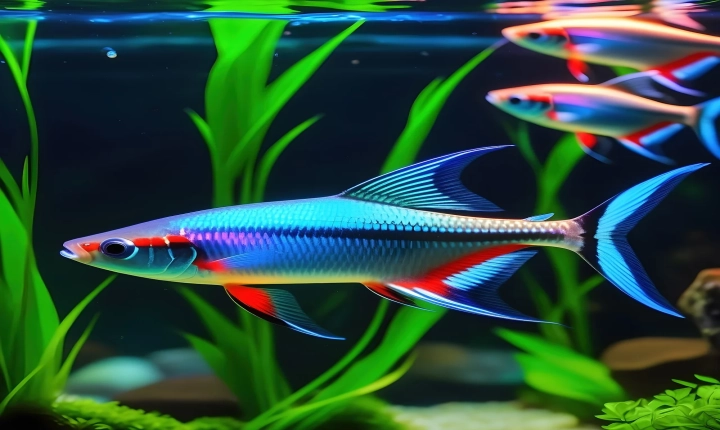Title: How to Make a Song with AI: A Beginner’s Guide
In recent years, artificial intelligence (AI) has made significant strides in the field of music composition and production. With advancements in machine learning and neural networks, AI has become a powerful tool for musicians and producers looking to create new and innovative music. Whether you’re a seasoned musician or a complete beginner, here’s a guide on how to make a song with AI.
1. Understand the Basics of AI Music Generation:
Before diving into the process of making a song with AI, it’s essential to understand the basics of AI music generation. AI music generation involves using algorithms and machine learning techniques to analyze musical patterns and create original compositions. These algorithms can be trained on vast datasets of existing music, allowing them to generate new melodies, harmonies, and rhythms based on the learned patterns.
2. Choose the Right AI Music Generation Tool:
There are numerous AI music generation tools available, each offering different features and capabilities. Some popular options include Magenta Studio, AIVA, and Amper Music, among others. When selecting an AI music generation tool, consider factors such as ease of use, compatibility with your existing music production software, and the specific features you’re looking for.
3. Experiment with Melody and Harmony Generation:
Once you’ve chosen an AI music generation tool, start experimenting with melody and harmony generation. Most AI tools allow you to input musical parameters such as key, tempo, and style, and then generate melodies and harmonies based on those inputs. You can tweak these parameters to explore different musical ideas and find the ones that resonate with you.
4. Integrate AI-generated Elements into Your Song:
After generating melodies and harmonies, it’s time to integrate them into your song. Whether you’re working on a new track or adding AI-generated elements to an existing composition, consider how the AI-generated parts fit into the overall musical structure. You may need to make adjustments to ensure a seamless integration between human and AI-generated elements.
5. Experiment with Arrangement and Production:
AI can also assist in the arrangement and production phase of music creation. Some AI tools offer features that can help generate drum patterns, basslines, and other instrumental parts, allowing you to explore new sonic possibilities and enhance your overall production.
6. Collaborate with AI as a Creative Partner:
As you continue to explore AI music generation, think of AI as a creative partner rather than a replacement for human creativity. Use AI to inspire new ideas and push the boundaries of your musical expression. Collaborating with AI can lead to unexpected and exciting outcomes that you may not have discovered on your own.
7. Combine Human and AI Creativity:
Ultimately, the most successful music with AI is likely to be a combination of human and AI creativity. Embrace the unique capabilities of AI while also bringing your own musical sensibilities and emotions to the table. By combining the strengths of both human and AI creativity, you can create music that is both innovative and deeply personal.
In conclusion, making a song with AI can be a rewarding and inspiring process. By understanding the basics of AI music generation, choosing the right AI music generation tool, and experimenting with melody and harmony generation, you can embark on a creative journey that merges human ingenuity with the power of AI. As AI technology continues to evolve, the possibilities for musical expression are endless, and the partnership between humans and AI in music creation promises an exciting future for the art form.
